Honour Prize for Naval Fliers
SKU: 02.GEM.0109.101.01
Estimated market value:
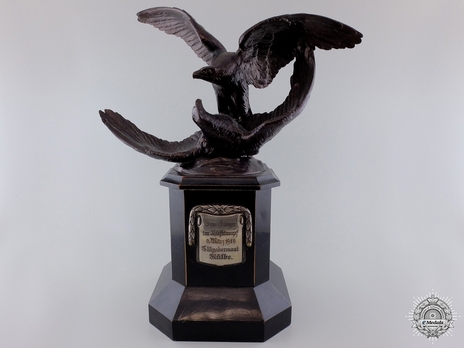
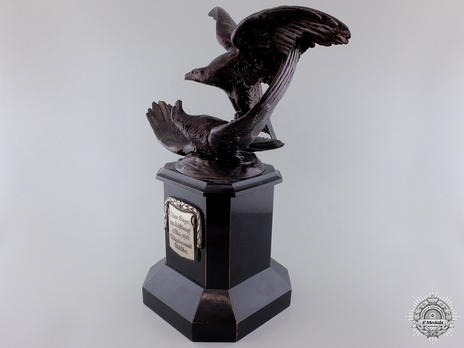
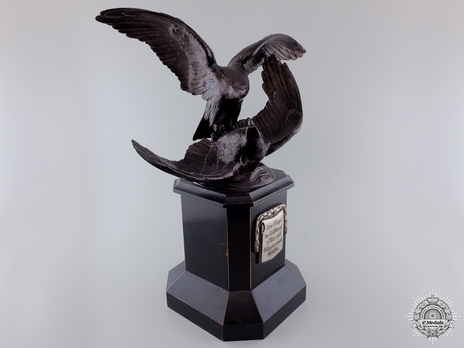
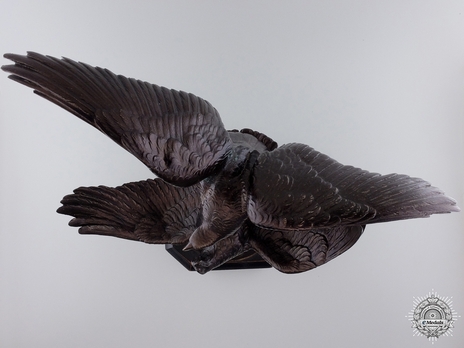
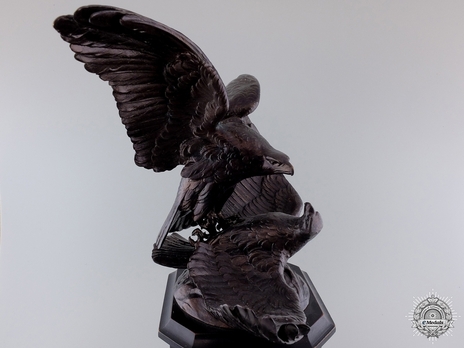
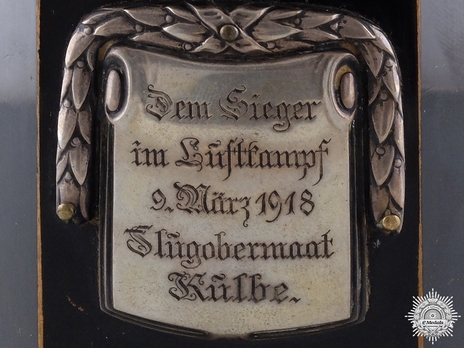
Estimated market value:
Attributes
History
An air force branch under control of the German Navy was formed by decree of Emperor Wilhelm II on June 1, 1913. Its tasks were mainly reconnaissance-related and confined to the North Sea and Baltic areas. Some naval air force support was granted to the Ottoman allies, namely in the Black Sea area, including the Dardanelles. This does not mean, however, that they weren’t involved in combat with enemy planes and ships. About half of all naval airplanes were destroyed or damaged beyond repair during the war.
Naval air force personnel numbers have been given at just over 16,000, with just over 2,000 of them trained pilots and observers.
The Honour Prize for Naval Fliers was introduced by the German Navy on January 3, 1917. Until then, Naval fliers had been awarded the regular Honour Goblet for the Victor in Aerial Combat. The Honour Prize was awarded to an aircraft crew who had successfully destroyed an enemy airplane or ship.
The Honour Prize features two fighting eagles made of bronze attached to a wooden plinth. On the obverse of the plinth a silver plaque with a dedication was placed, including the name and rank of the distinguished pilot or observer as well as the date of the deed. The reverse may or may not feature a second plaque with further victories. The Honour Prize was only awarded once per recipient.
The Honour Prize was accompanied by an award document.
The entire sculpture measures approximately 25cm in height and weighs about 1.5kg. At its widest, at the bottom, the plinth has a diameter of about 11.5cm.
It is unknown how many Honour Prizes were awarded, but a combined 182 for 1917 and 1918 have been confirmed. The actual number of awards is probably not much higher.

Versions
$15,000 USD
Bronze/Wood

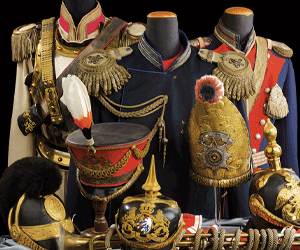
Comments
Sign in to comment and reply.


Scroll Top